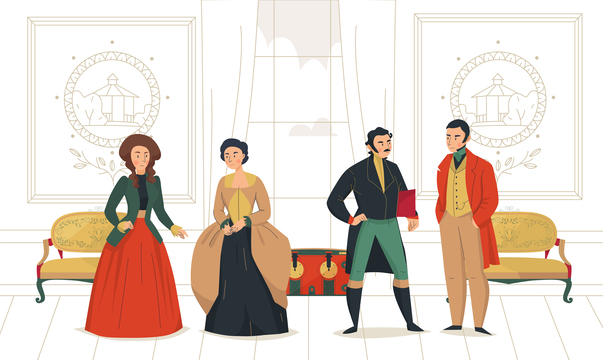Latest News

Fashion Tips and Styling

Fashion Entrepreneurship

Fashion History

- fashion
- 28 July 2023
Fashion Design Techniques
Fashion design techniques are the foundation of the creative process that allows
fashion designers to bring their ideas to life. These techniques encompass a wide
range of skills and processes involved in designing and creating garments and
accessories. Here are some essential fashion design techniques:
1. Sketching and Illustration: Fashion designers often start their creative
process by sketching their ideas on paper. Fashion sketches help visualise the
design, silhouette, and overall look of the garment.
2. Pattern Making: Pattern making involves creating templates or patterns that
serve as a blueprint for cutting and assembling fabric pieces to construct a
garment. It requires precise measurements and understanding of garment
construction.
3. Draping: Draping is a hands-on technique in which designers work directly
with fabric on a dress form or a model to create the desired shape and
silhouette of a garment. It is commonly used for designing complex and
unique designs.
4. Sewing and Garment Construction: Sewing is a fundamental skill that
involves stitching fabric pieces together to create a finished garment. Fashion
designers should have a good understanding of sewing techniques and
garment construction methods.
5. Fabric Manipulation: Fashion designers often use various techniques to
manipulate fabrics, such as pleating, gathering, smocking, and tucking, to add
texture and dimension to the garments.
6. Surface Embellishment: This technique involves adding decorative
elements to the fabric, such as embroidery, beading, sequins, appliqué, or
fabric painting, to enhance the visual appeal of the garment.
7. Grading: Grading is the process of creating different sizes of a garment
pattern while maintaining the design's proportions and fit.
8. Fashion Rendering and Digital Design: Fashion rendering is the art of
illustrating fashion designs with realistic shading and textures. Nowadays,
digital design tools like Adobe Illustrator are widely used for creating fashion
flats and technical drawings.
9.Technical Drawing: Technical drawings are detailed and precise
representations of a garment, including measurements, seams, and
construction details. These drawings are used for communicating design
specifications to manufacturers and pattern makers.
10. Textile Design: Textile design involves creating original patterns and prints
for fabrics. Fashion designers may either design their own textiles or
collaborate with textile designers to select appropriate fabrics for their
collections.
11. Fashion Draping and Fitting: Once a garment is constructed, fashion
designers use draping and fitting techniques to ensure the design fits well on
the model and can be adjusted if necessary.
12. Fashion CAD Software: Fashion designers often use Computer-Aided
Design (CAD) software tailored to the fashion industry. These tools facilitate
the design process, pattern making, and visualisation of the final garment.
Fashion design techniques are essential for creating unique and innovative designs
that resonate with consumers. Fashion designers continuously explore and refine
these techniques to push the boundaries of creativity and deliver captivating fashion
collections